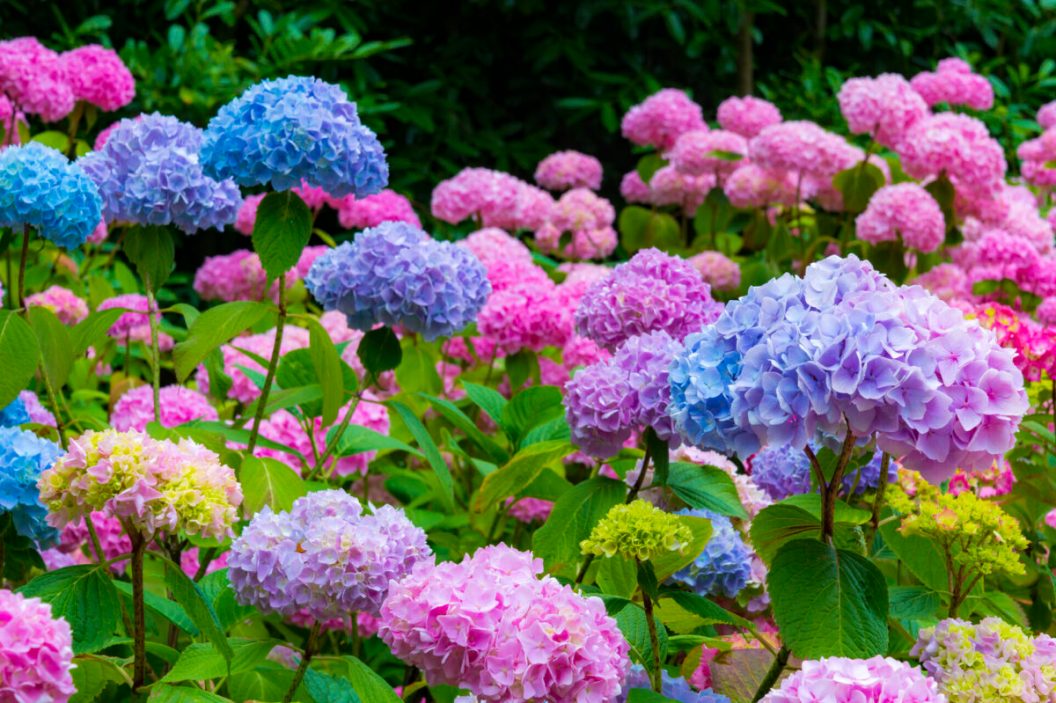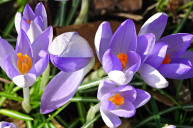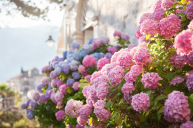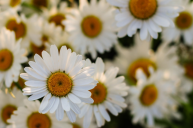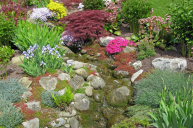Hydrangeas are about as eye-catching as you can get when it comes to shrubs! These perennials have showy blooms that last from early to mid summer all the way into fall. The papery flowers fade from one shade to another and often remain on the shrub throughout winter to provide interest in your otherwise drab garden. Pollinators also love many types of hydrangeas.
Another great thing? Hydrangea care is easy and these shrubs grow just about everywhere from USDA Hardiness zones 3 to 10 (find your hardiness zone here), so you can easily find one that works in your climate. They come in various colors and sizes, ranging from two-foot-tall shrubs to those that max out at 10 feet. Different varieties require full sun to part shade.
Because there's such a wide range of types and sizes, make sure you read the plant tag or description when buying to find one that's best suited to the conditions in your garden. A shrub that needs full sun will not bloom well in shade, and a hydrangea that prefers shade needs a little morning sun, followed by afternoon shade.
Here's everything else you need to know about how to care for hydrangeas.
Types of Hydrangeas
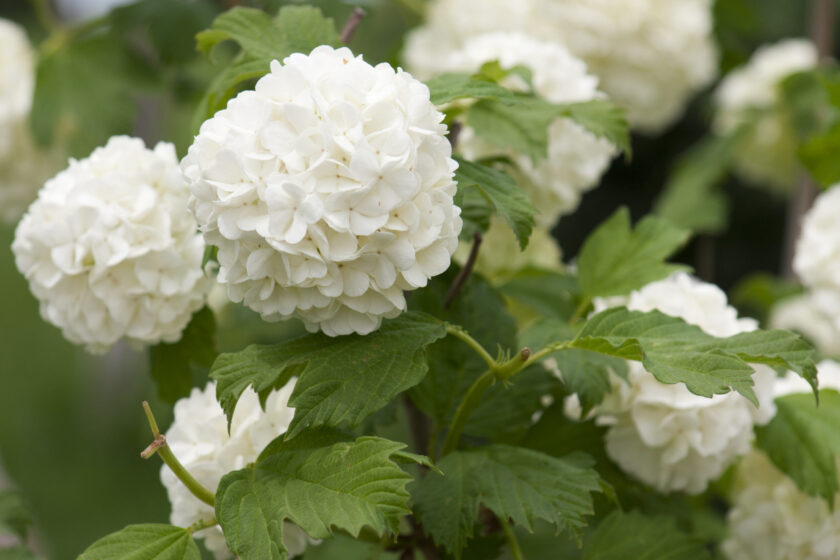
There are several main categories, and each type has different strengths. While botanical names might seem scary, this is one time it helps to pay attention to them on the tags or descriptions so that you'll better understand the plant's qualities and needs.
Here are the main types of hydrangeas and what they're known for:
- Bigleaf (Hydrangea macrophylla): Gorgeous, lush mophead flowers
- Peegee hydrangea (Hydrangea paniculata): Cold-hardy and easiest type to grow
- Annabelle hydrangea (Hydrangea arborescens): Native to North America
- Mountain hydrangea (Hydrangea serrata): Need mostly shade
- Oakleaf hydrangea (Hydrangea quercifolia): Foliage turns bright red in fall
When to Plant Hydrangeas
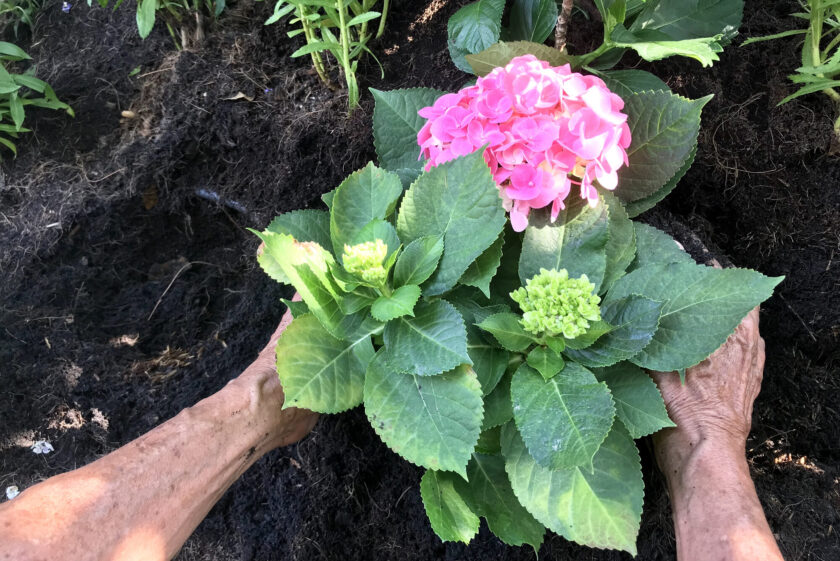
You can plant hydrangeas in spring or fall, when the temperatures generally are cooler and rainfall is more plentiful. It's not a great idea to plant in mid-summer because it's stressful on the plant—and miserable for you, too!
First, find the right spot in your garden. Watch your garden throughout the day to see how much direct sunlight each area receives. Most types of hydrangeas need at least a little sun to bloom. Many prefer full sun, which is considered at least six hours of direct sunlight per day—except mountain hydrangeas, which like mostly shade. Paniculata, also called panicle types, take full sun in cold climates. In hot climates, most varieties do best with afternoon shade. Also, pay attention to the plant's mature size so you give it plenty of room to stretch.
After you find a spot, dig a hole about two to three times the width of the root ball. Gently ease it out of its container by placing the pot on its side; use a garden trowel to loosen it up if it's stuck. Next, rough up the surface of the root ball with your gloved hand, especially if roots were circling around inside the pot; this will help stimulate new root growth.
Place the plant in the hole at the same level it was in the container. Don't add anything to the hole such as potting soil or peat moss; that's no longer recommended and actually creates a drainage issue. Refill the soil, tamp it down, then water well. Keep it watered the first few months until it gets established.
How to Prune Hydrangeas
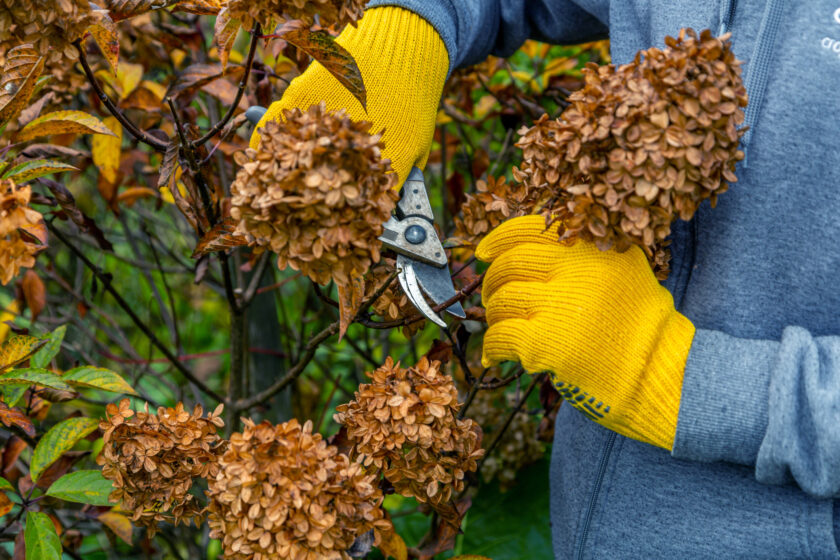
When to prune hydrangeas depends on the individual shrub. Some types (panicle and smooth) bloom on "new wood," or this year's growth. Those are super-easy to shape and prune because you just cut them back in the spring and wait for new growth.
However, some types (bigleaf, mountain, and oakleaf) bloom on old wood, so leave them alone from fall to spring so they'll flower in the summer. If you trim them back in spring, it's too late and you'll cut off this season's blooms! However, it's fine to snip off dead branches.
If you have no clue what you have because you just moved into your home or you lost the tag, no problem! Just wait for the shrub to leaf out, then trim off any dead parts. You also can try to identify the type by consulting your local university coop extension service (find yours here).
How to Make Hydrangeas Blue
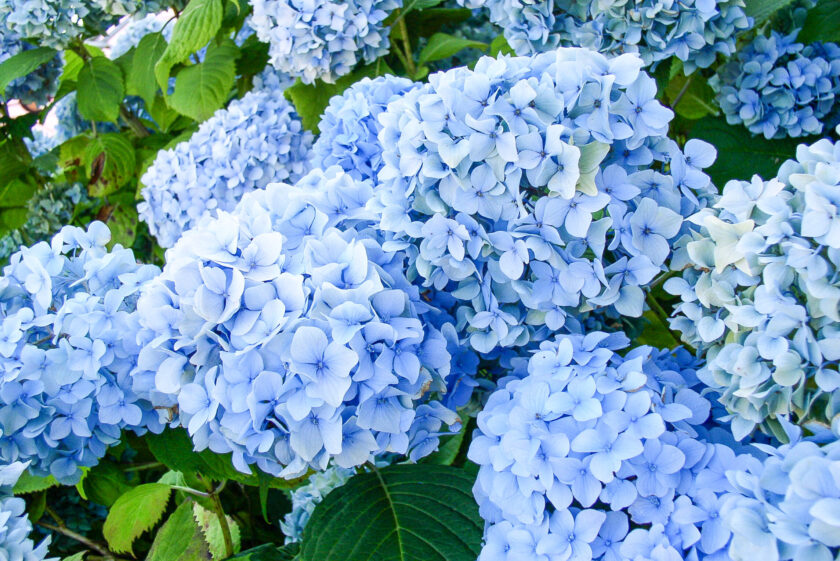
Despite what "hacks" you've read or seen, only certain types of hydrangeas will turn blue based on the presence of aluminum in the soil. Bigleaf and mountain hydrangeas are able to change the color of their flowers depending on soil chemistry. But you need acidic soil (with a soil pH of around 5 to 5.5) to make it happen. If you have a type that can change flower color, add aluminum sulfate granules to the soil in the spring, according to package instructions.
